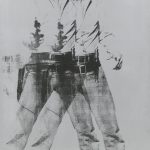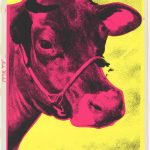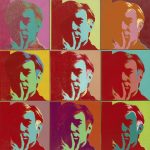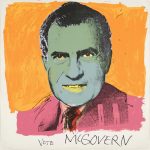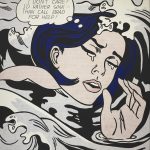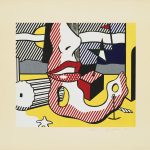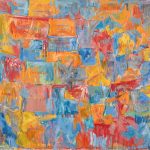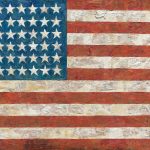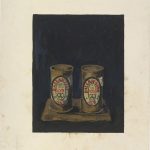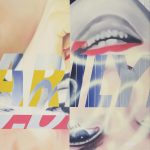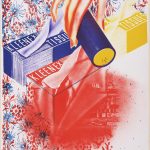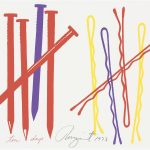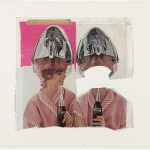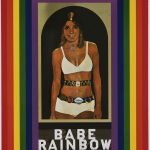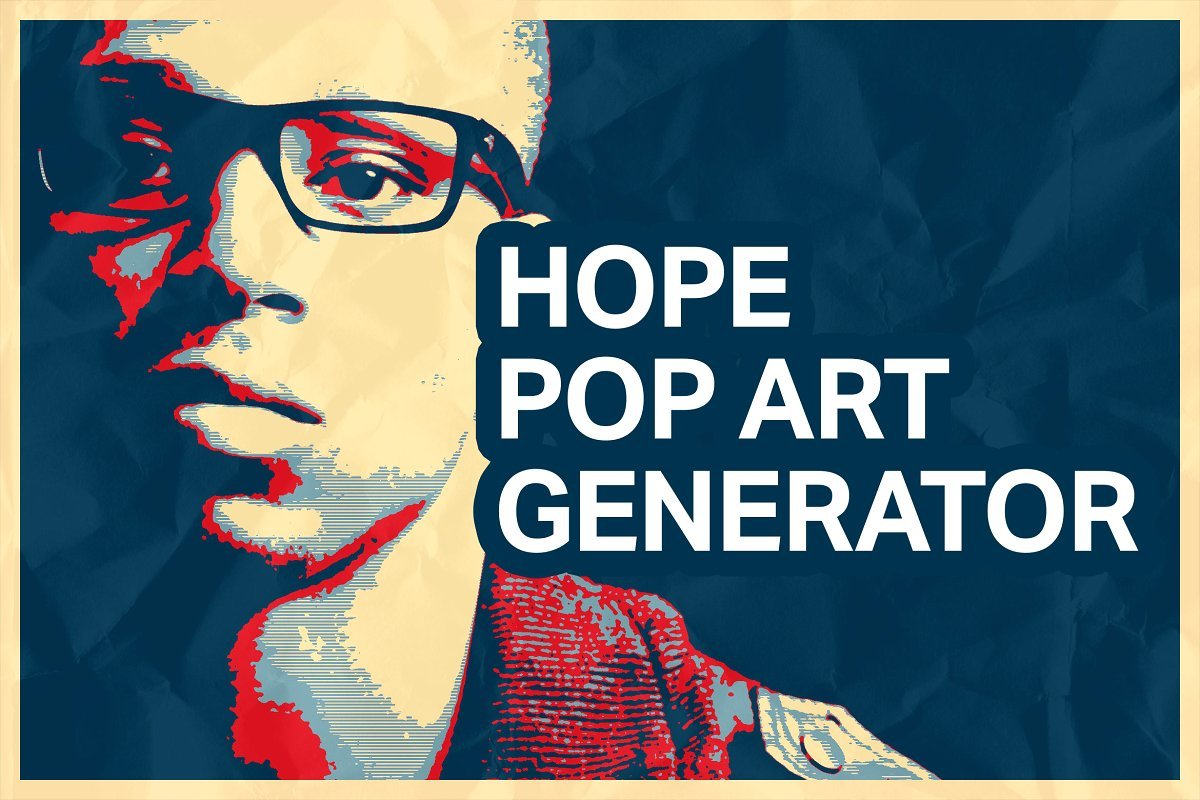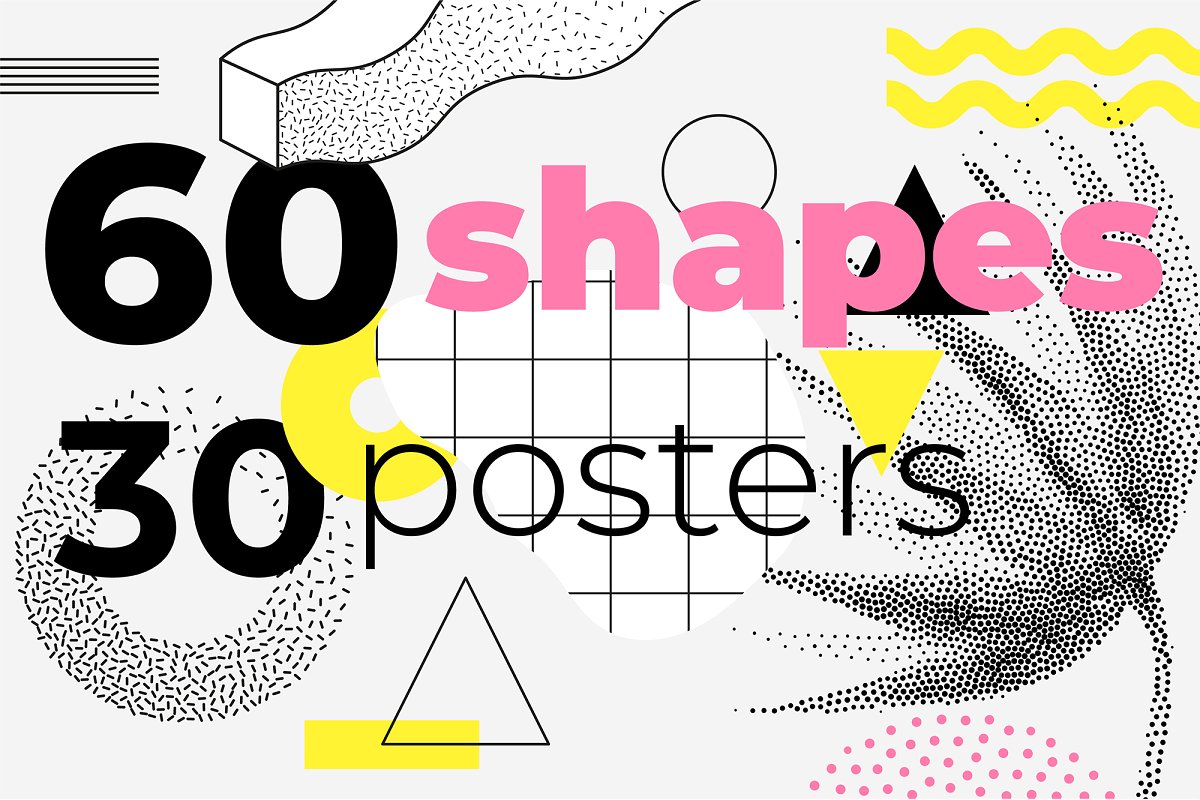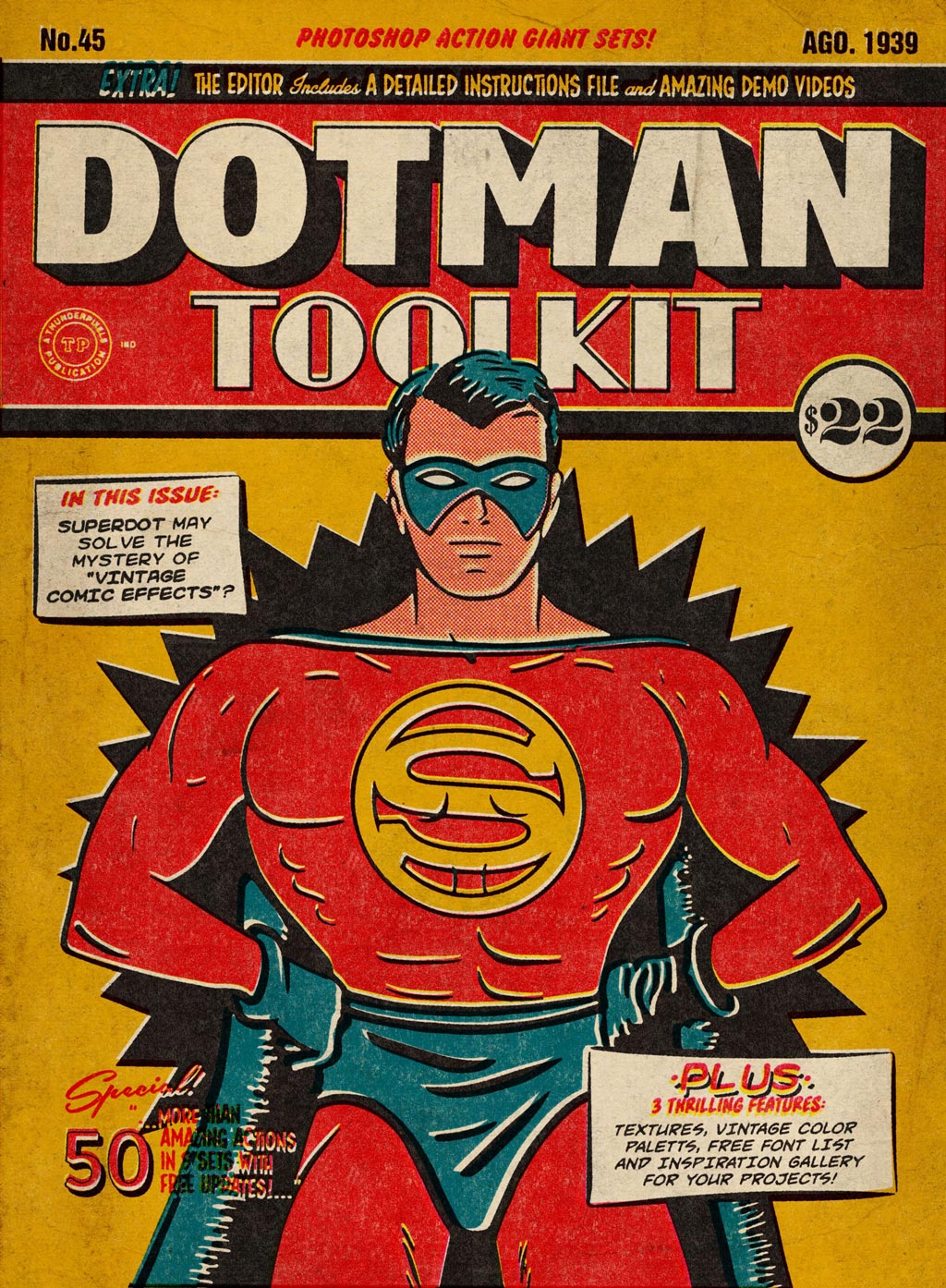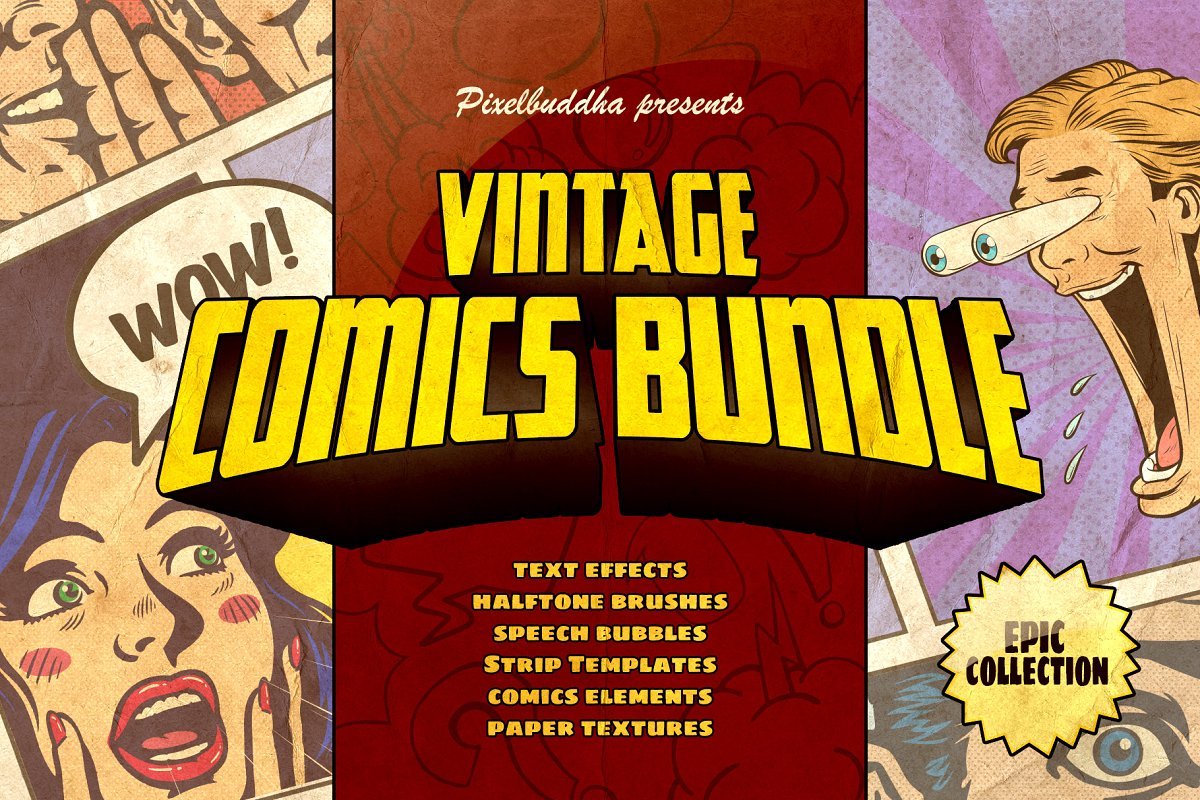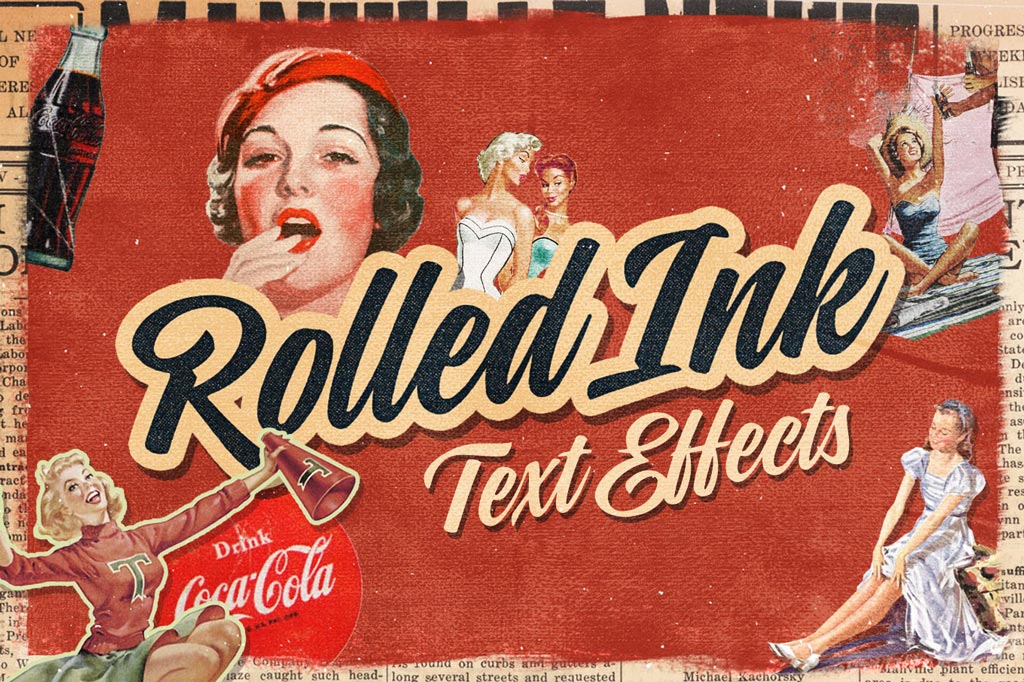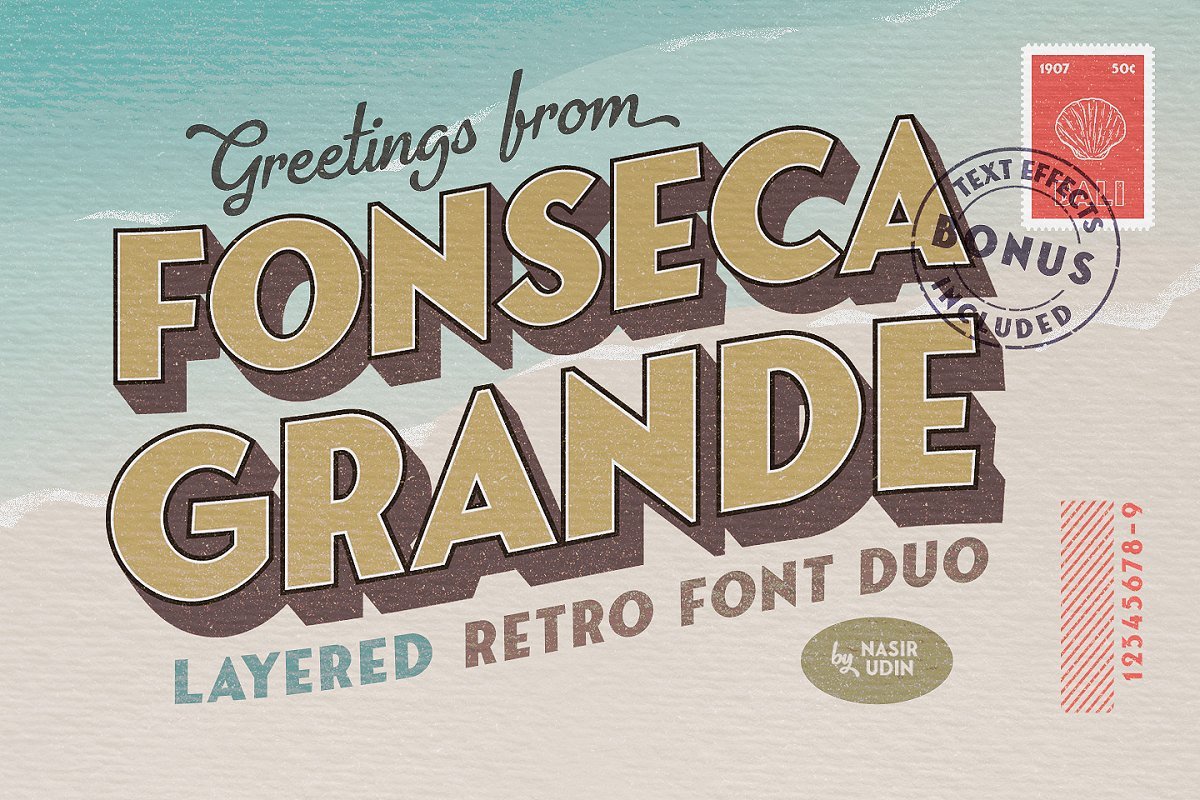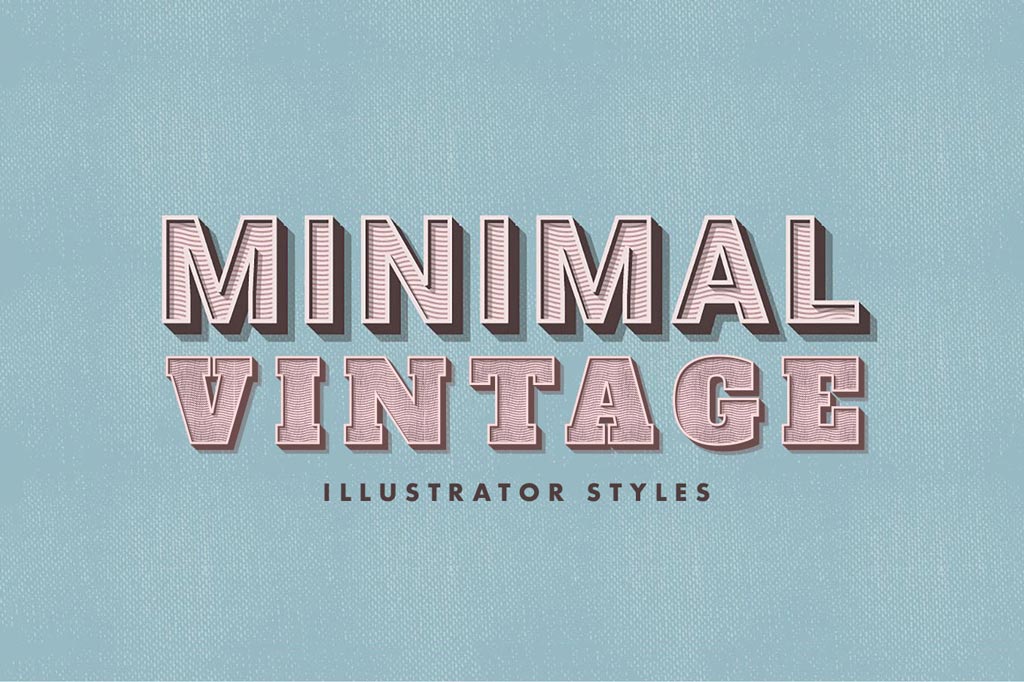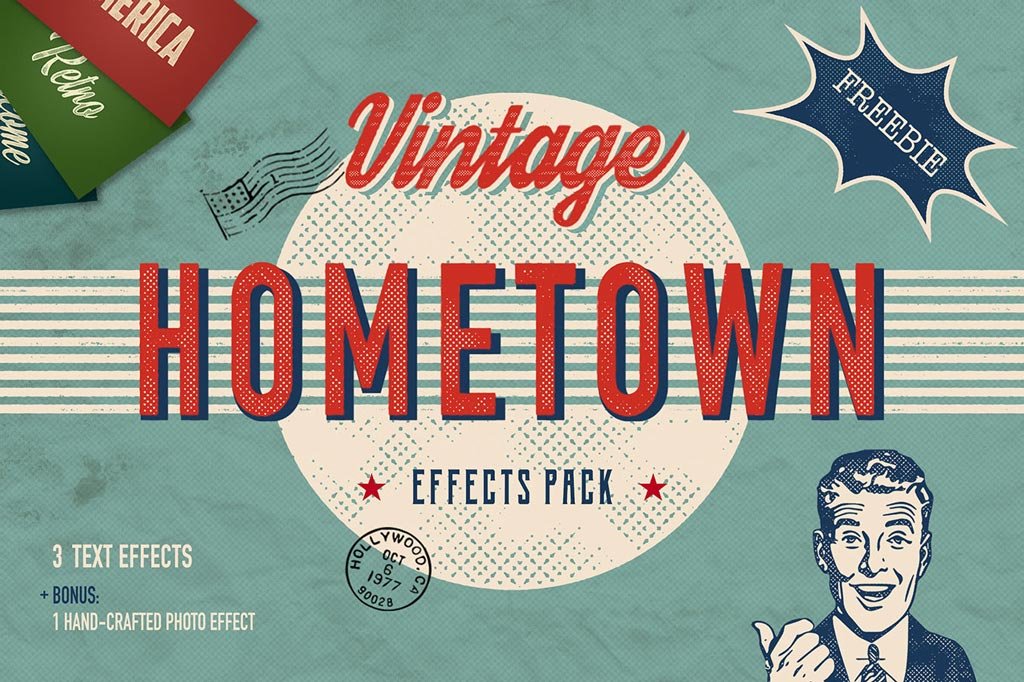The Designest may receive compensation from companies, products, and services featured in this publication. For more details, please refer to our Affiliate Disclosure page.
What to do if you are a color rebel and minimalist addict? Do pop art, obviously! So two of your artistic passions can be filled to their greatest extent.
It came up in the the1960s period when a powerful reaction against the established norms of the society was arising. The pop art movement reflected the social tensions including colonial exploitations, struggles for democracy, race relations, women’s rights, sexual mores.
Now, sixty years later, we haven’t gone far from these political and social issues — and the famous pop art remains both good food for thoughts & powerful energy and a massive color output for graphic designers.
What is Pop Art?
You’ll know it when you see it as the approach to design implied by pop art is extremely memorable. Since it was motivated by the massive rebellion against the pretentiousness of high art, you won’t see epic themes like religion, mythology, philosophy, or history in the pop art paintings. However, as most of its contributors had backgrounds in graphic design — including Warhol, Lichtenstein, and Jasper Johns — its designs are a feast for the eyes.
The key pop art characteristics are:
- Vivid colors.
- Bold custom typography.
- Zany shapes, patterns, and lines.
- A mix of various sources and influences.
- Images from mass-media, advertising, commercial and pop-culture as well as commonplace themes and subjects.
- Stylized illustrations and drawings.
Most of pop art design features go featured in the modern works. Among the brightest representatives of the Neo pop art and contemporary pop art movement are Malika Favre and Greg Guillemin, whose illustrations have turned into an omnipresent legend.
Greg Guillemin
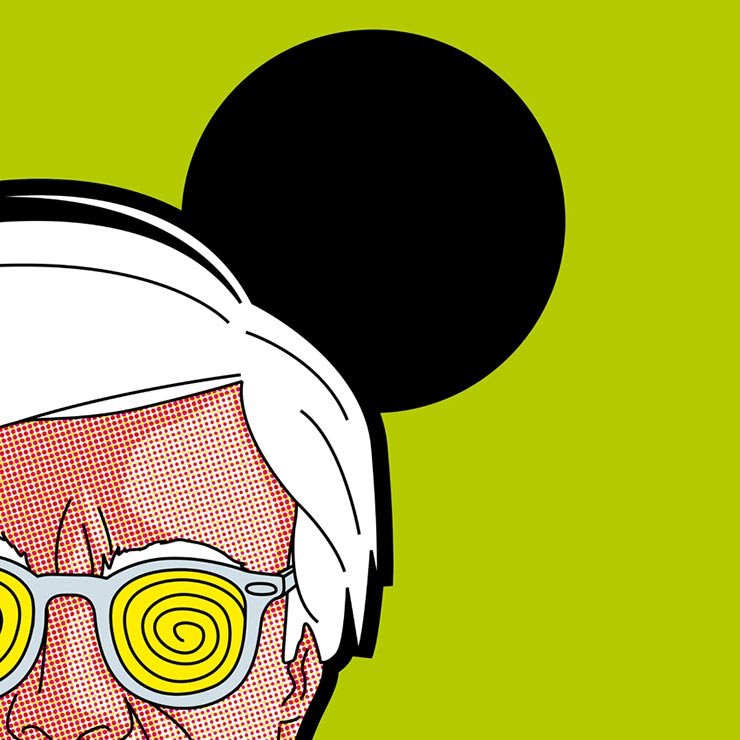
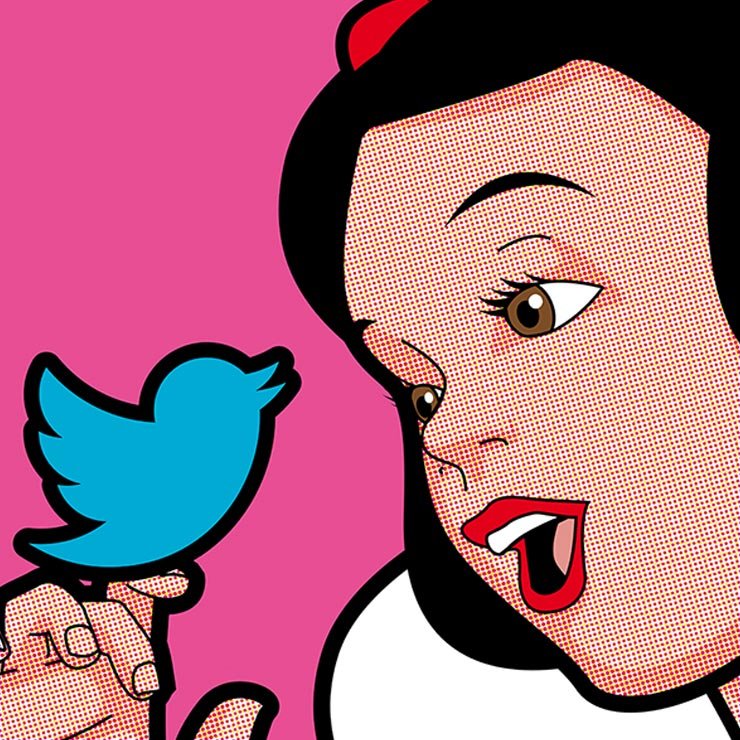
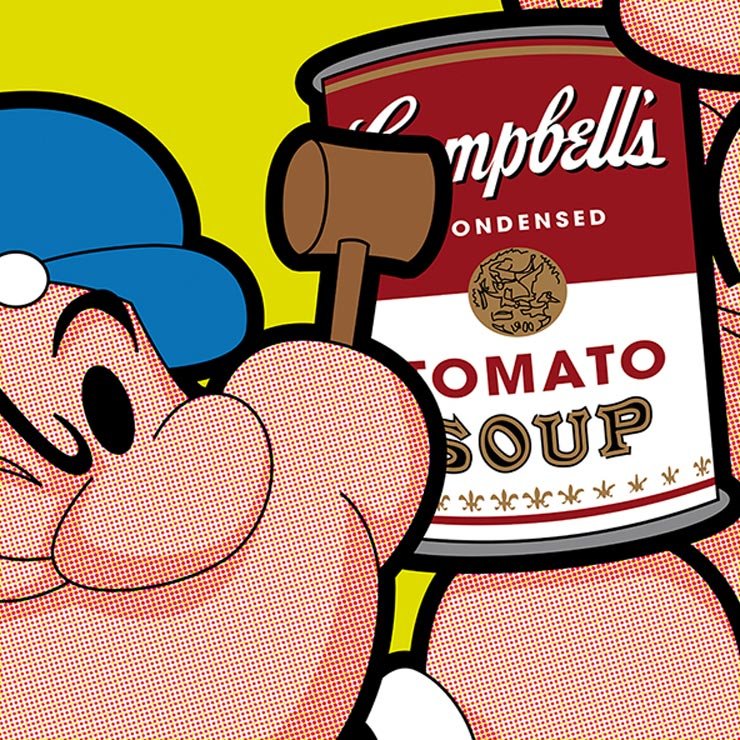
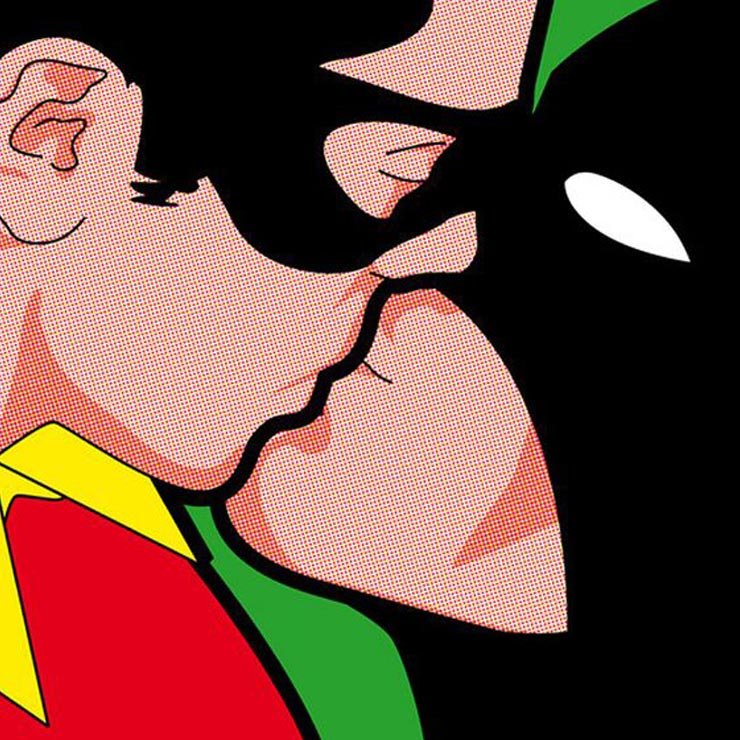
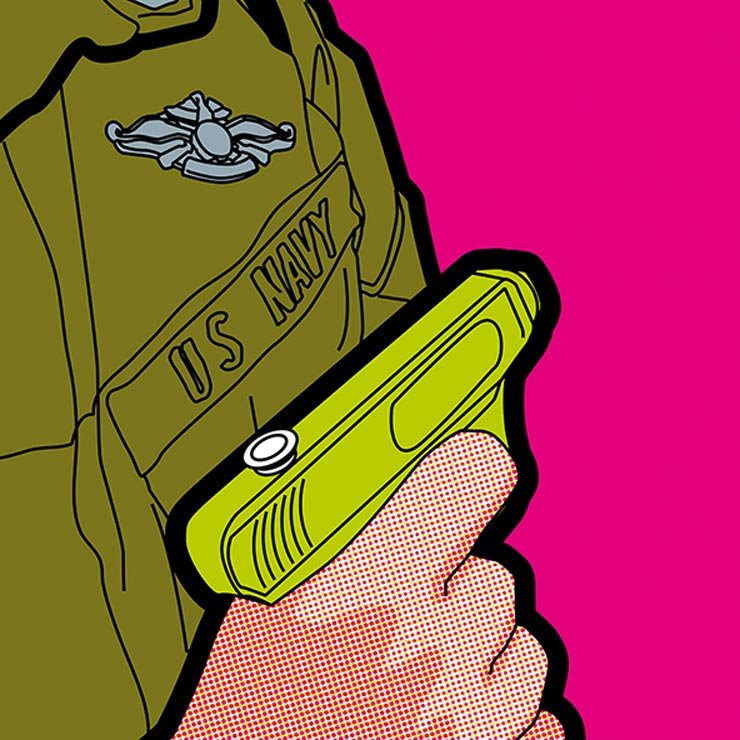
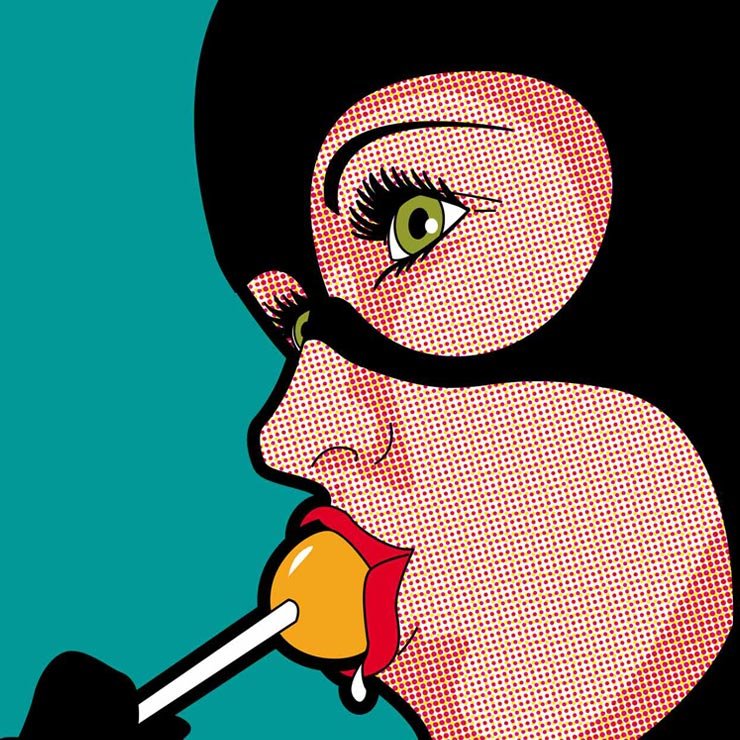
Malika Favre
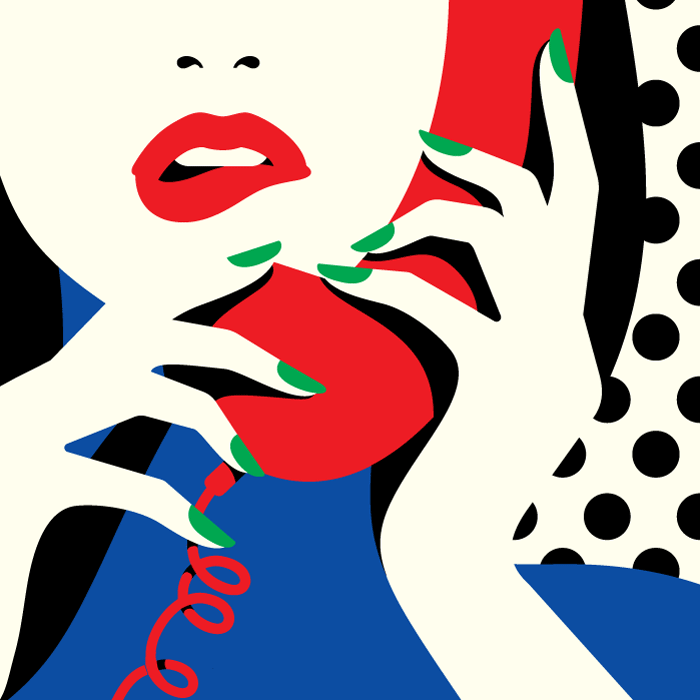

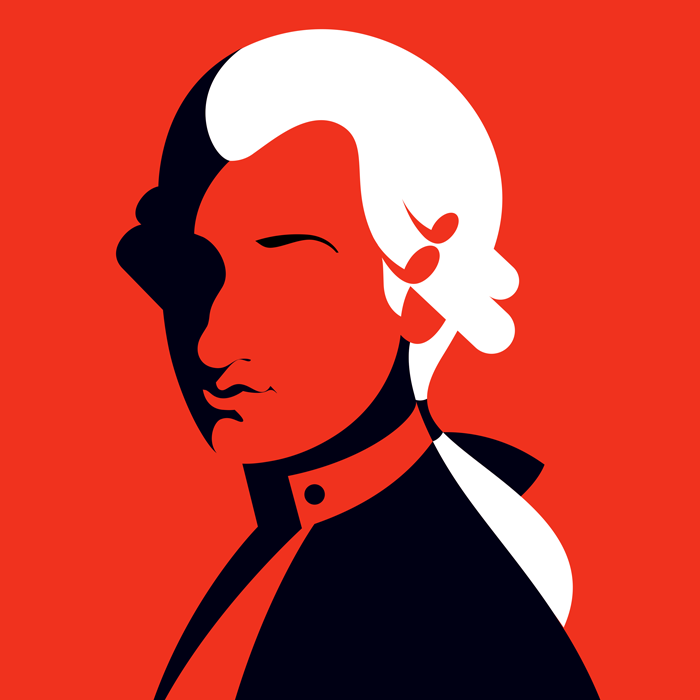
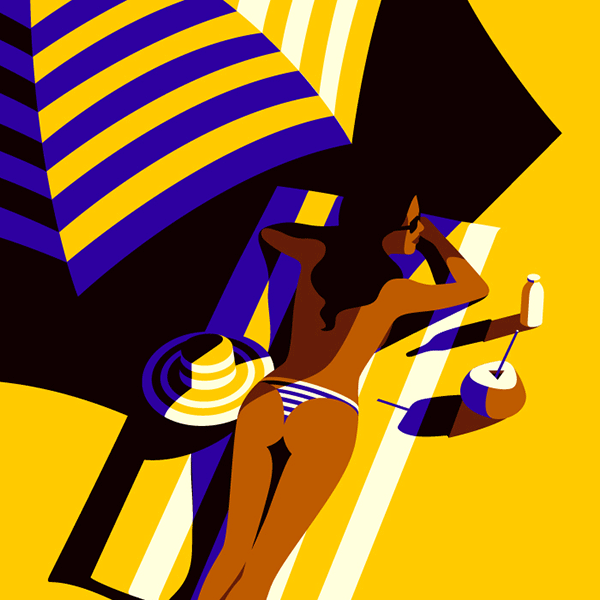
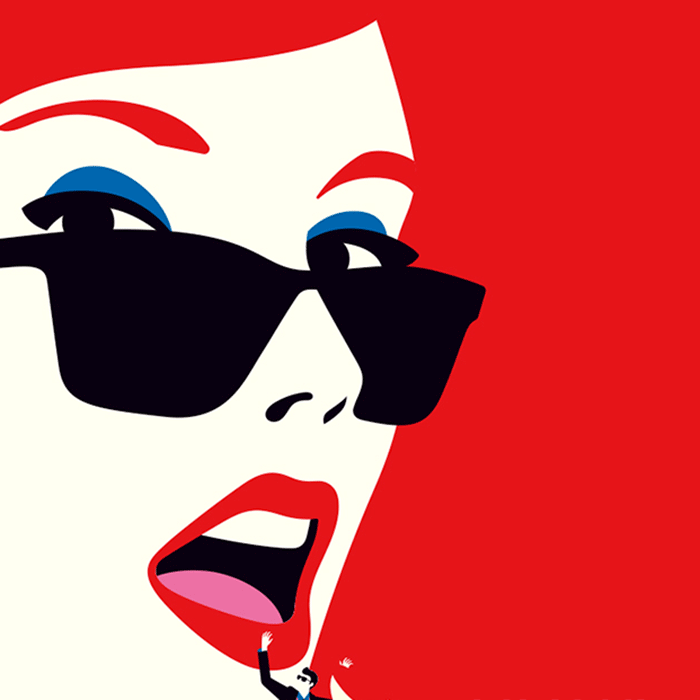
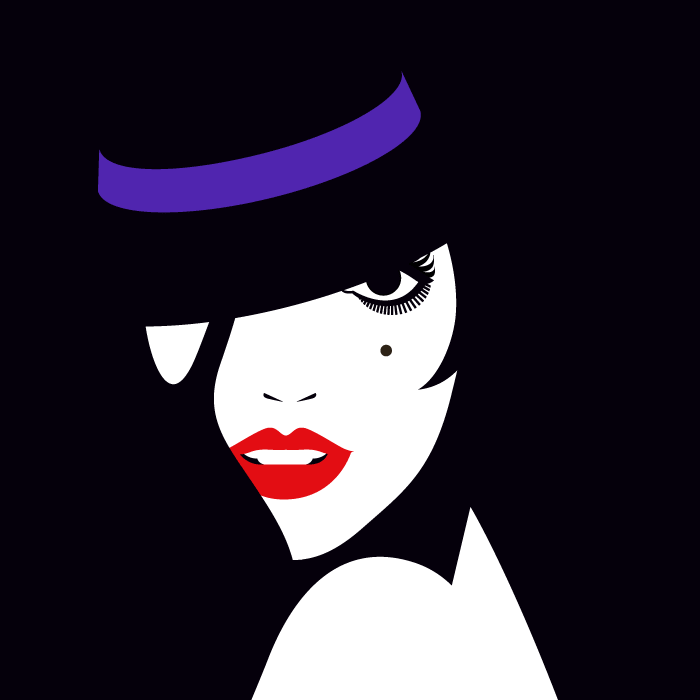
History of Pop Art
Pop art was created by the New York artists of the early 1960s. Andy Warhol, Roy Lichtenstein, James Rosenquist, and Claes Oldenburg brought up familiar objects from popular culture, which they opposed to the traditional “high art.” Mass-produced items, tasteless advertisement materials were transformed into art objects to protest against conventional themes of morality, religion, and history.
Andy Warhol
Roy Lichtenstein
Jasper Johns
While the new movement made the artists discover new directions and endeavors, many aesthetic values got lost in the cultural chaos. So the pop art as the most liberal artistic style not only gave start to kitschy simplicity and straightforwardness we love it for — but to the destruction of the artistic criteria as well.
James Rosenquist
Peter Blake
Pop Art in Graphic Design
Apparently, graphic design is the biggest playground of the pop artists, just because we associate pop art works with posters, stickers, cards, and comics, of course. Some of these works, created by the founders of the movement, establish the very typical traits of the style — like Roy Lichtenstein’s series of comics-like paintings, which is a business card of the true pop art style.
Collage Illustrations and Everything You Need to Design Them
How do you engage and impress your audience? Quality resources, provocative naming, captivating texts — it’s all fine, but let’s focus on complex and smartly composed illustrations first. I’m here with some collage inspiration, and that must be awesome.
There have also been many collages, that have achieved iconic status throughout the decades — so many creators are still mad about pop art collage illustrations. Such pieces are always overfilled with hidden sense, a play of accents, sarcasm, and present a critical social perspective. The greatest pop artists of the past, like Eduardo Paolozzi, Richard Hamilton, and Peter Blake still remain role models for physical the digital collage masters.
Today the pop art style is rather a distinctive trait of retro design products than an independent movement. It brings bold geometry to the typefaces, mostly scripts and sans serifs. The graphics is also minimal since detalization and realism typical for the “high art” are replaced with geometric patterns and eye-popping color palette.
Graphic Design Products Featuring Pop Art Style
What made the pop art movement so influential was its straightforward rebellion against the “good taste” of the 50s and 60s — actually, the same thing that once made a name for Art Deco or Memphis. It came to connect people and reflect the reality without glossing it over. Apparently, that’s why modern creators are still studying and bringing pop art design elements and philosophy to their works — and will continue to do so.


